Equipment
How the idea of shaft frequency began
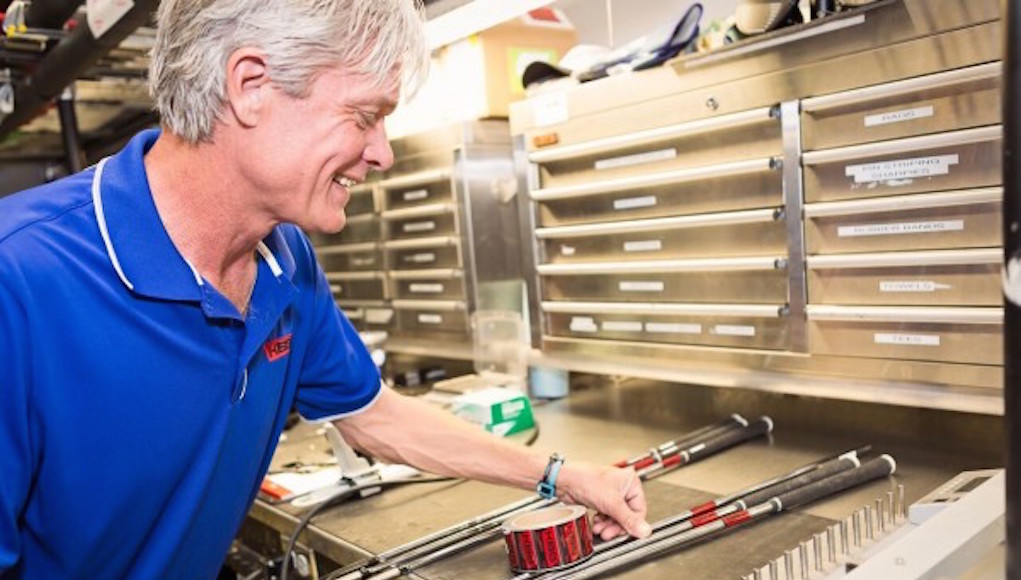
Forty years ago, Kim Braly and his father Dr. Braly went down to West Palm Beach to visit Wilson Golf, and that trip forever changed the way the golf industry thinks about the shafts in golf clubs.
“My father and I invented frequency matching,” Kim told me.
“And what’s that?” I asked.
“It’s the process of matching the stiffness of the shafts in your clubs to the heads so you can hit a golf ball rather than snap the shaft or hit the ball all over the place,” Kim said.
OK, that got my attention. So I ask how he stumbled upon the idea.
“My dad was an engineer and got into golf,” Kim said. “Eventually, I got interested in golf as well. In the early 1980s, we went to see the original ‘Iron Byron.’”
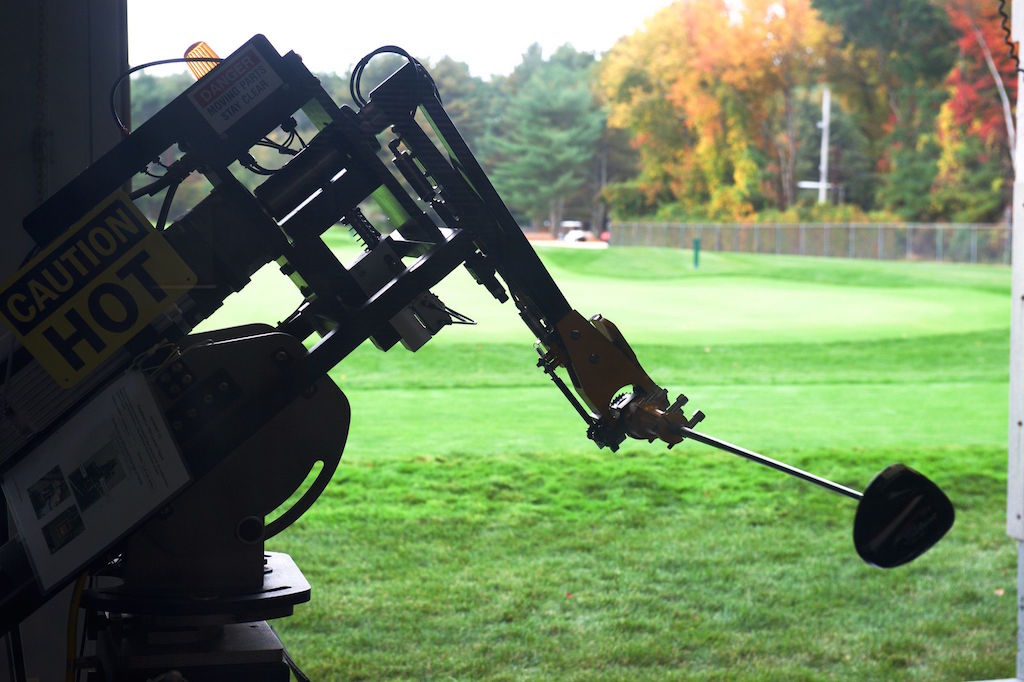
A modern-day golf robot at Titleist’s Manchester Lane Test Facility.
Iron Byron was the first club-testing machine, and it was modeled after smooth-swinging legend Byron Nelson. It’s basically an early robot — a motor in a box with an arm — built to use a regular golf club to hit a golf ball.
Kim and Dr. Braly watched the engineer operating Iron Byron put a club into the mechanical arm, place a ball in front of the club face and then press a button to swing the club. The result: perfection. It produced a high, piercing ball flight that was hit on a rope, not far removed from the storied ball flight of Nelson himself. This was followed by another and another. Kim and his father were ecstatic.
With great anticipation, they watched the engineer load the next club. The results were much different. Balls flew all over the place. The dispersion was awful. The Wilson engineer operating Iron Byron slowed down the machine. Balls flew shorter distances, but they landed closer together. The dispersion had been reduced. This was the inception of their game-changing idea; dispersion was a result of certain shaft characteristics matched with a club head and swing speeds. This “AH HA” moment changed how we fit and purchase golf clubs today.
Based on this observation, Kim and Dr. Braly designed a method to measure the performance of a golf shaft. Later, this led to the concept of frequency: very simply, stiffness is not the letter on the shaft, but a measurement based on characteristics like weight of shaft, weight of the head, length of the shaft and several other characteristics. The year was 1977 and they submitted a patent on this idea called “Frequency Matching.”
Armed with the power of measurement, Kim was ready to change golf shafts forever. He and his father started traveling the PGA Tour, and in doing so became the first “PGA Tour Van.” Over the last 40 years, Kim has worked as a researcher and designer, mastering the golf shaft. He’s worked at True Temper, Royal Precision and is currently as the head designer of research and development at KBS Golf Shafts.
In 2008, Kim launched a shaft company called KBS, which became the fastest growing shaft company in golf. Since that time, the company has gotten some of the best golfers in the world to use its shafts products, including Rickie Fowler, Justin Rose and Phil Mickelson.
The next time you’re struggling with shots that fly sideways, think about Kim and Dr. Braly. You might want to try try being fit for shafts if you haven’t already, because they may just be the most important part of your golf club.
- LIKE217
- LEGIT33
- WOW16
- LOL6
- IDHT1
- FLOP4
- OB0
- SHANK14
Whats in the Bag
Matthieu Pavon WITB 2024 (May)
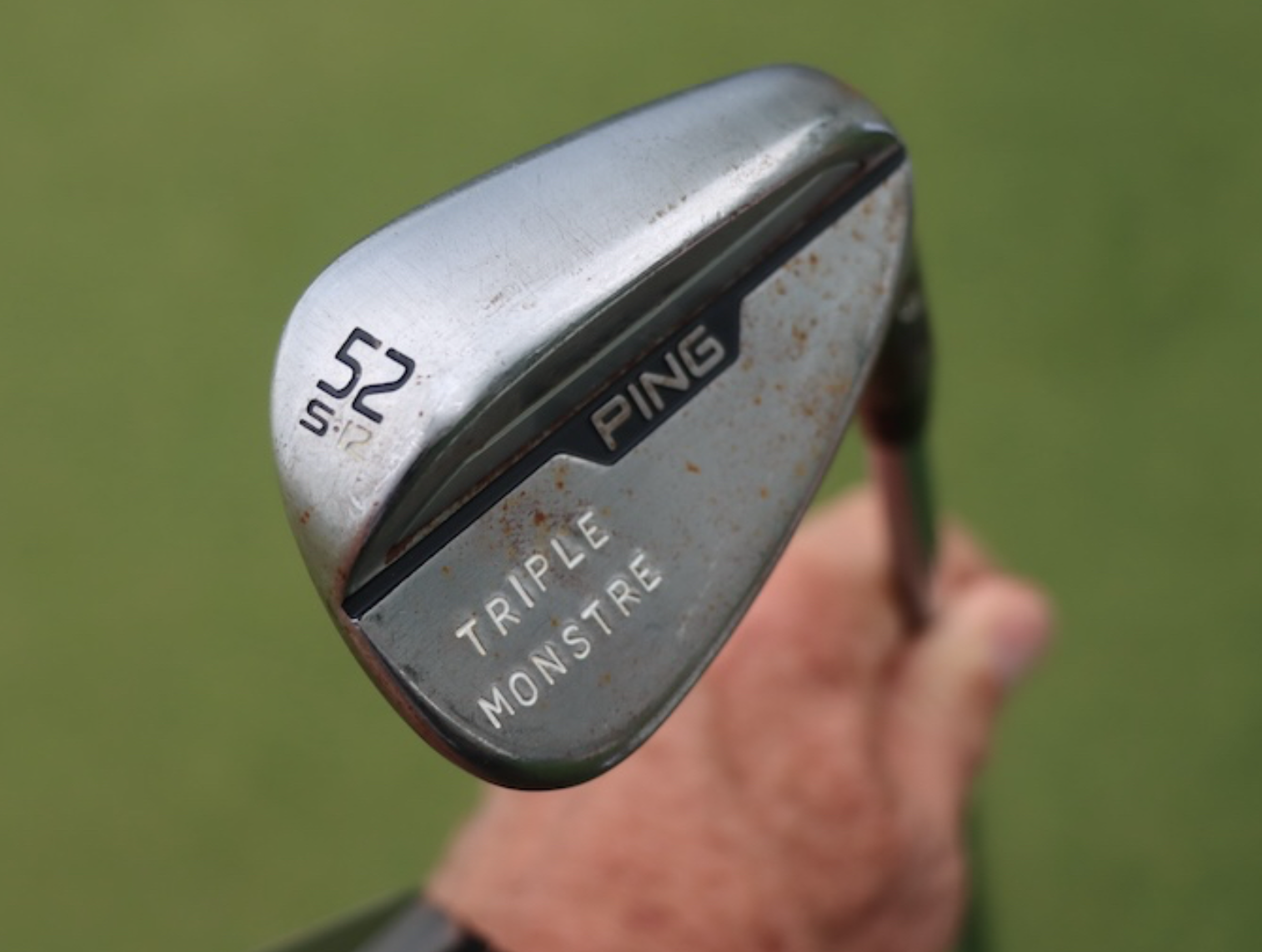
- Pavon’s WITB accurate as of the Wells Fargo Championship. More photos from the event here.
Driver: Ping G430 Max (9 degrees)
Shaft: Fujikura Ventus TR Black 6 X
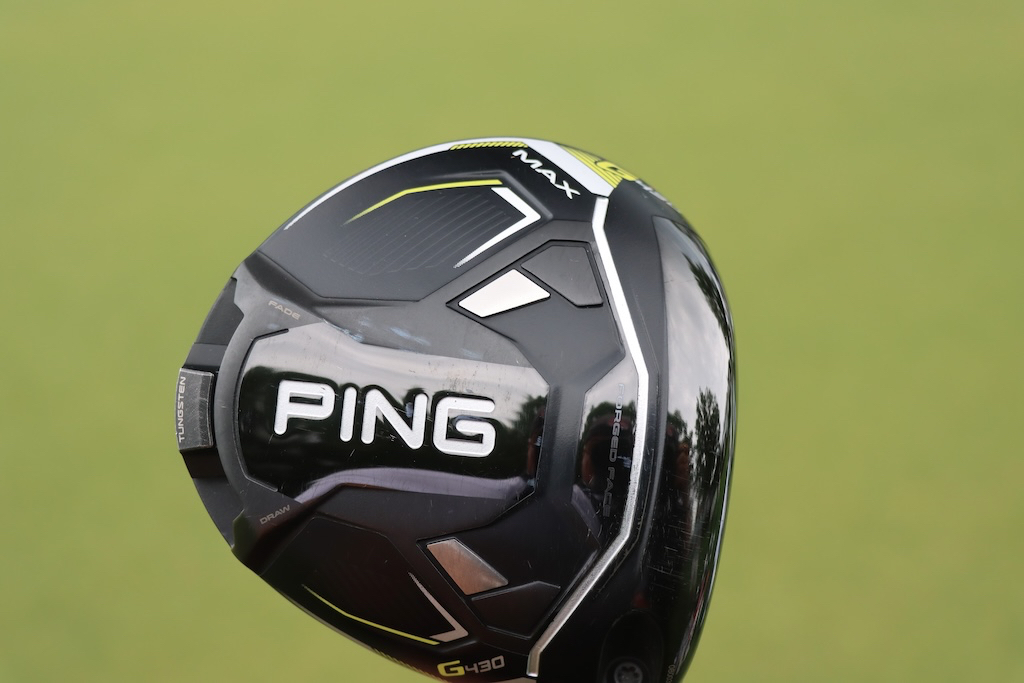
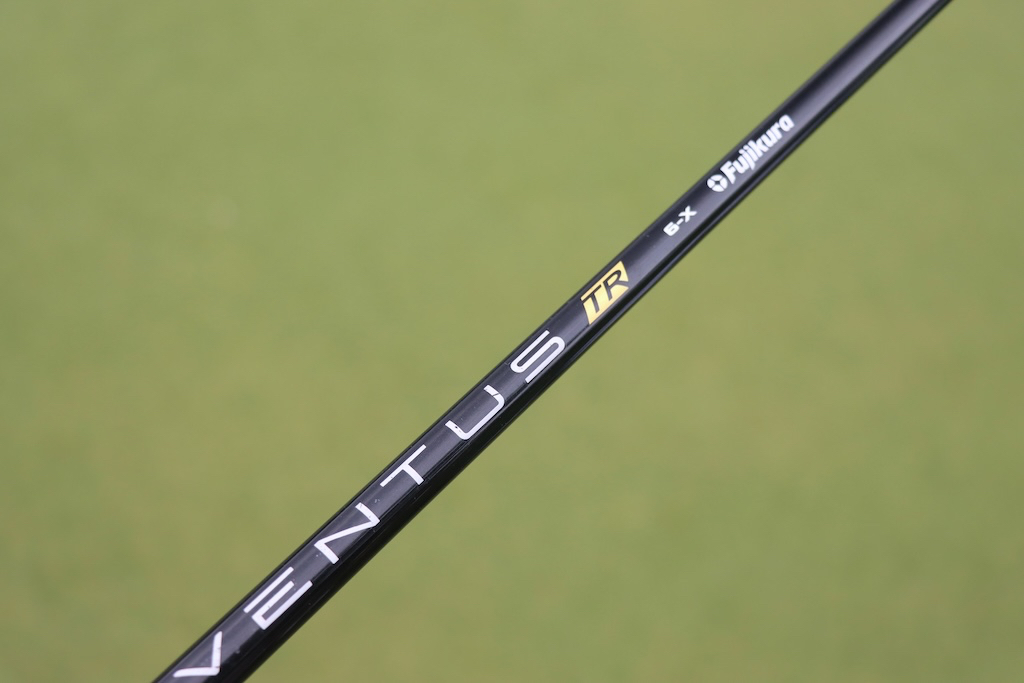
3-wood: Ping G430 LST (15 degrees)
Shaft: Fujikura Ventus TR Black 7 X
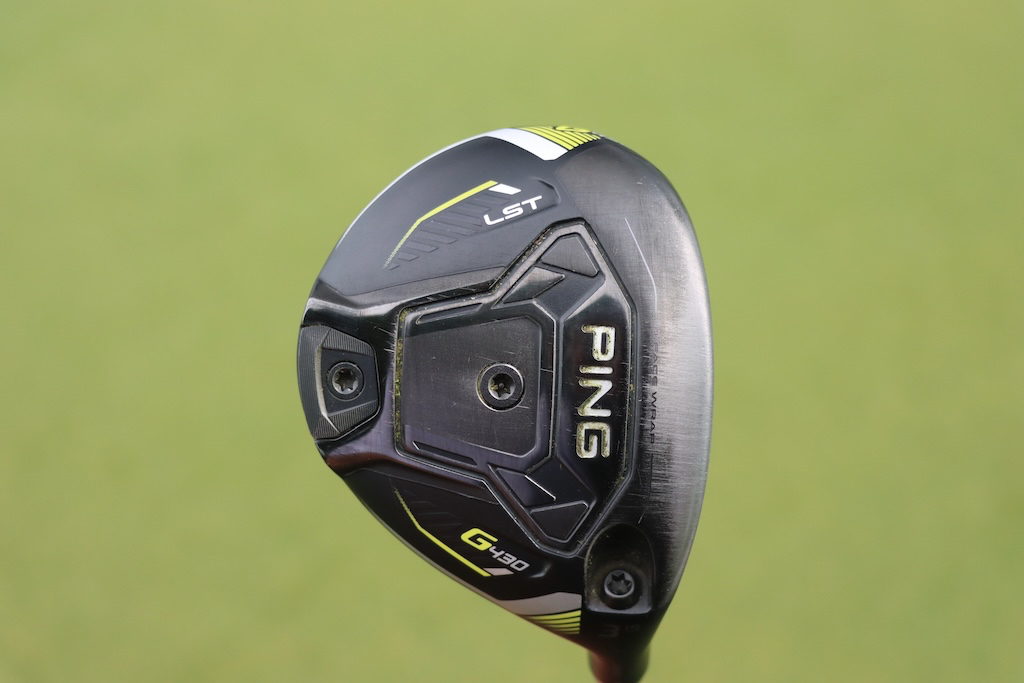
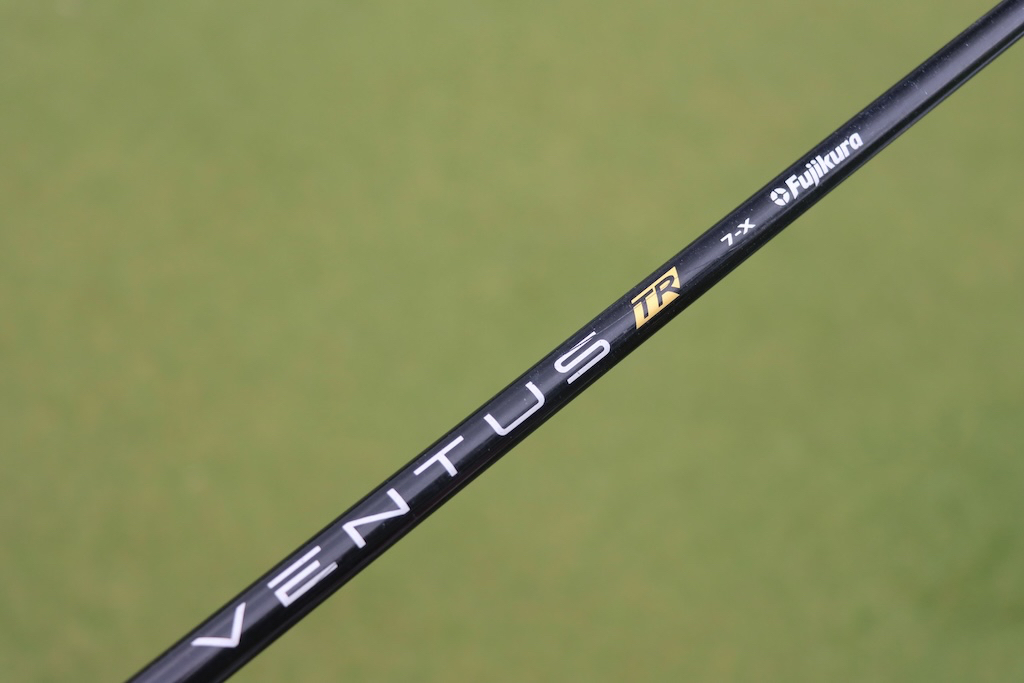
Hybrid: Ping G430 (19 degrees)
Shaft: Fujikura Ventus Black 10 X
Irons: Ping i230 (3-PW)
Shafts: Nippon Modus3 Tour 120 X
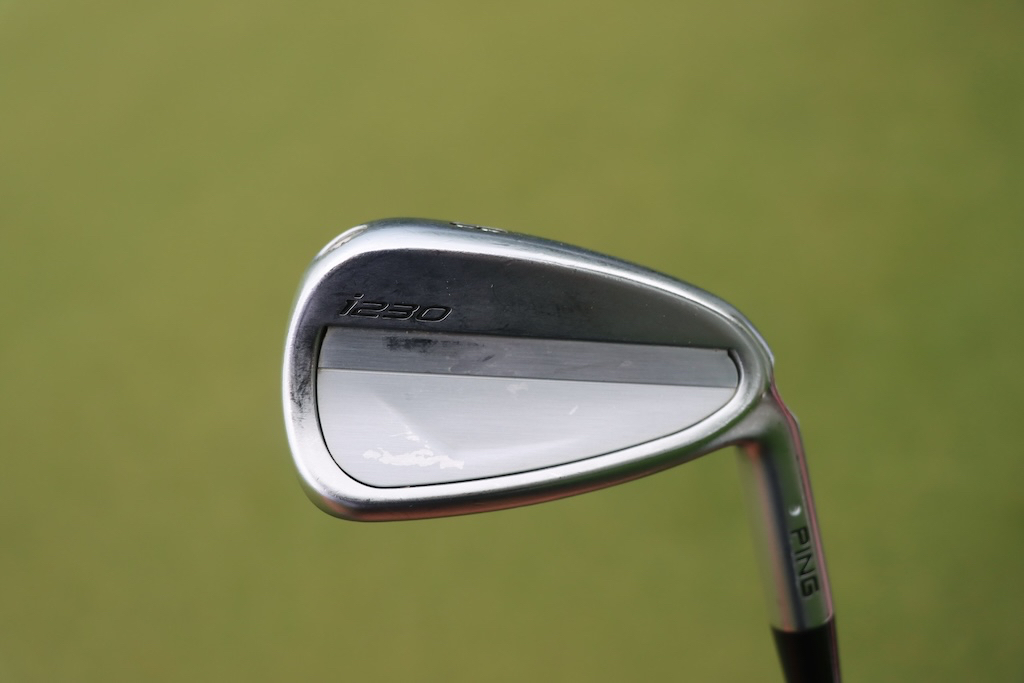
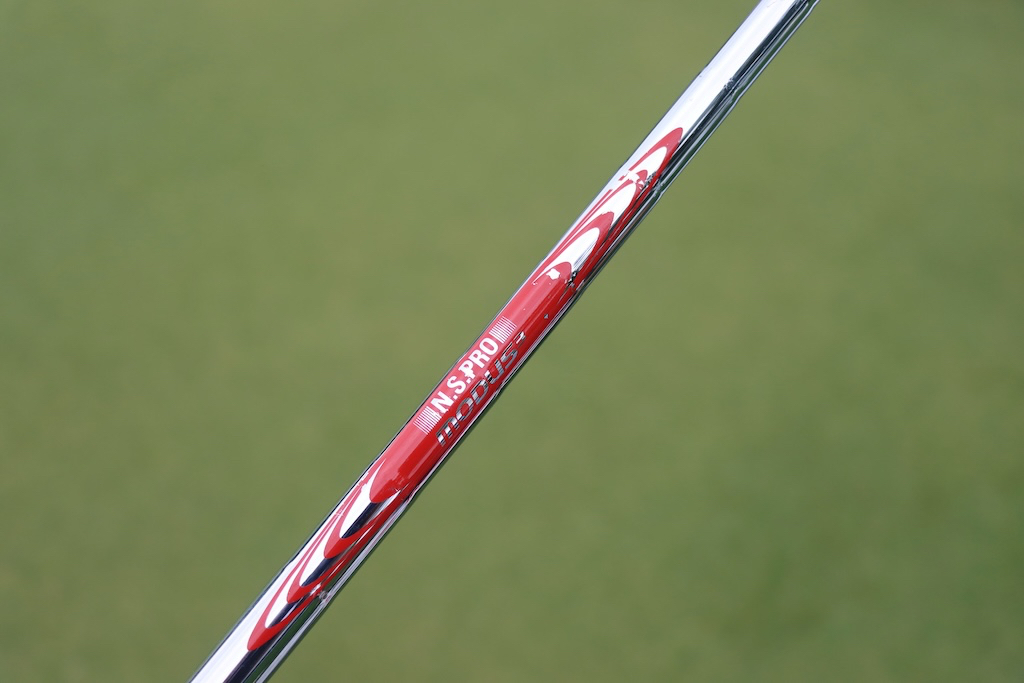
Wedges: Ping Si59 (52-12S, 58-8B)
Shafts: Nippon Modus3 Tour 120 X

Putter: Ping Cadence TR Tomcat C
Grip: SuperStroke Claw 1.0P
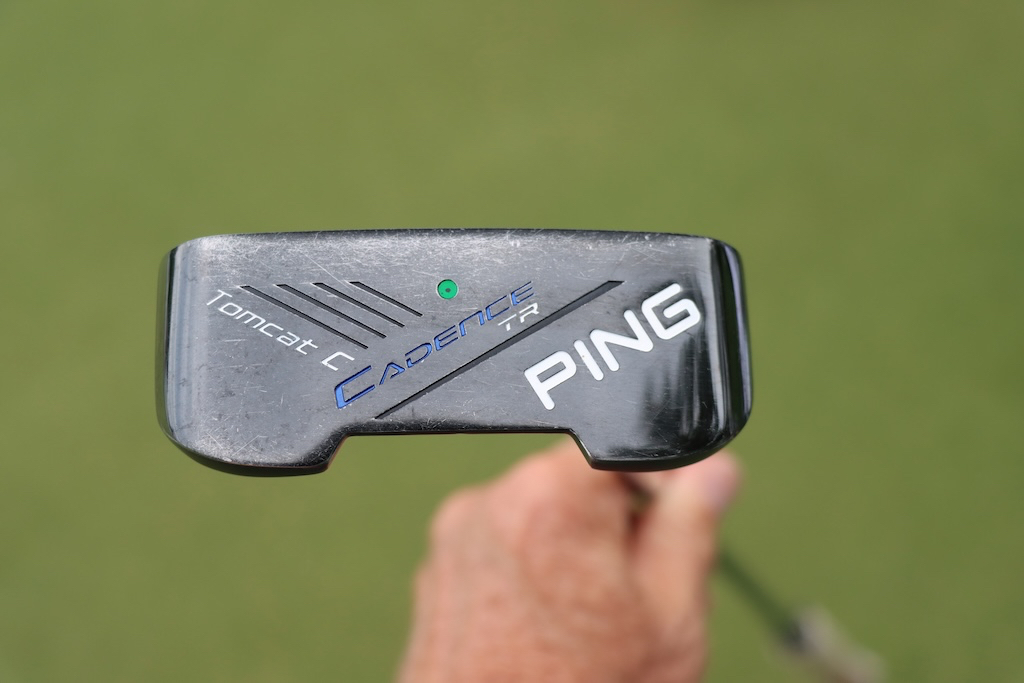
Grips: Golf Pride MCC Align
Ball: Titleist Pro V1
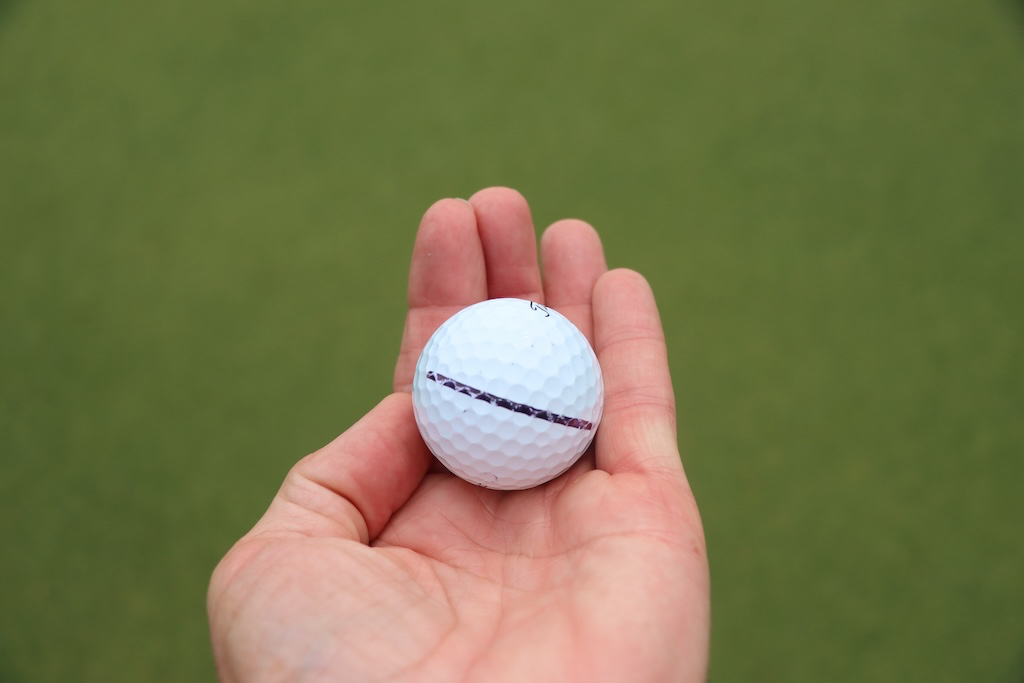
Check out more in-hand photos of Pavon’s gear here.
- LIKE0
- LEGIT0
- WOW0
- LOL0
- IDHT0
- FLOP0
- OB0
- SHANK0
Equipment
Spotted: Tommy Fleetwood’s TaylorMade Spider Tour X Prototype putter
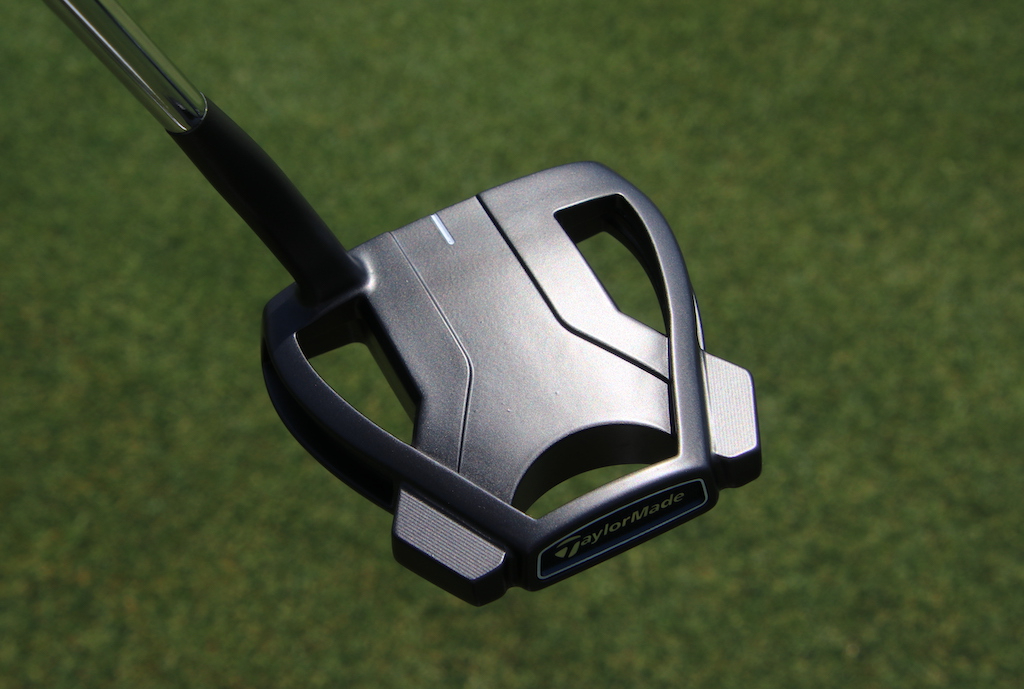
Tommy Fleetwood has been attached to his Odyssey White Hot Pro #3 putter for years now. However, this week at the Wells Fargo Championship, we did spot him testing a new putter that is very different, yet somewhat similar, to his current gamer.
This new putter is a TaylorMade Spider Tour X head but with a brand new neck we haven’t seen on a Spider before. A flow neck is attached to the Spider head and gives the putter about a 1/2 shaft offset. This style neck will usually increase the toe hang of the putter and we can guess it gets the putter close to his White Hot Pro #3.
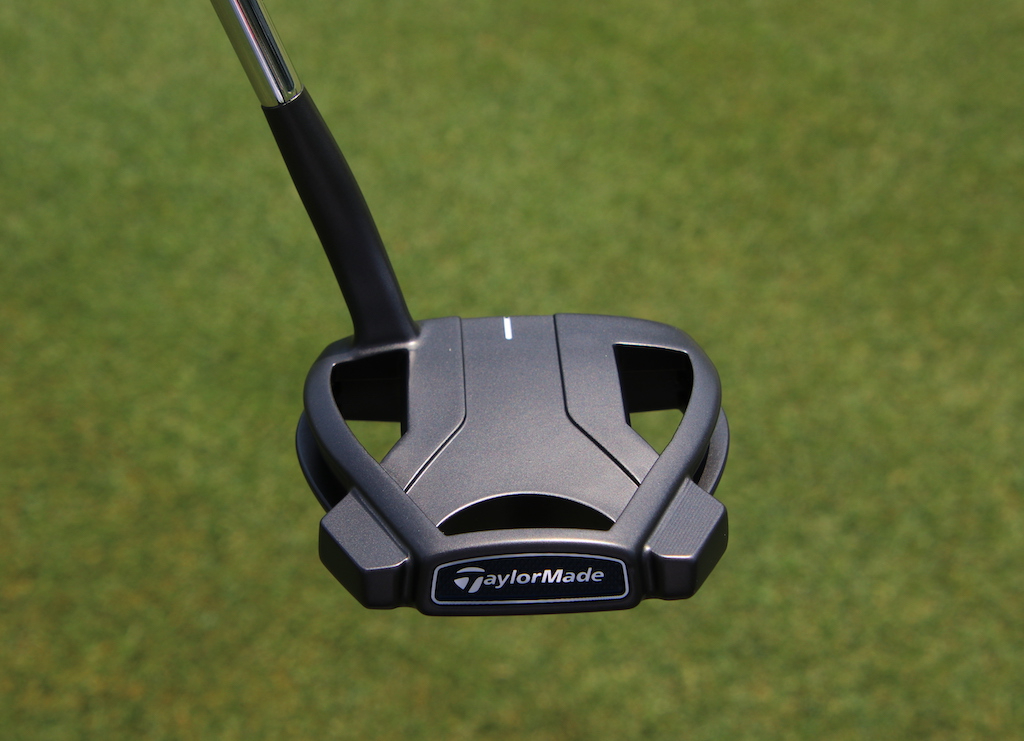
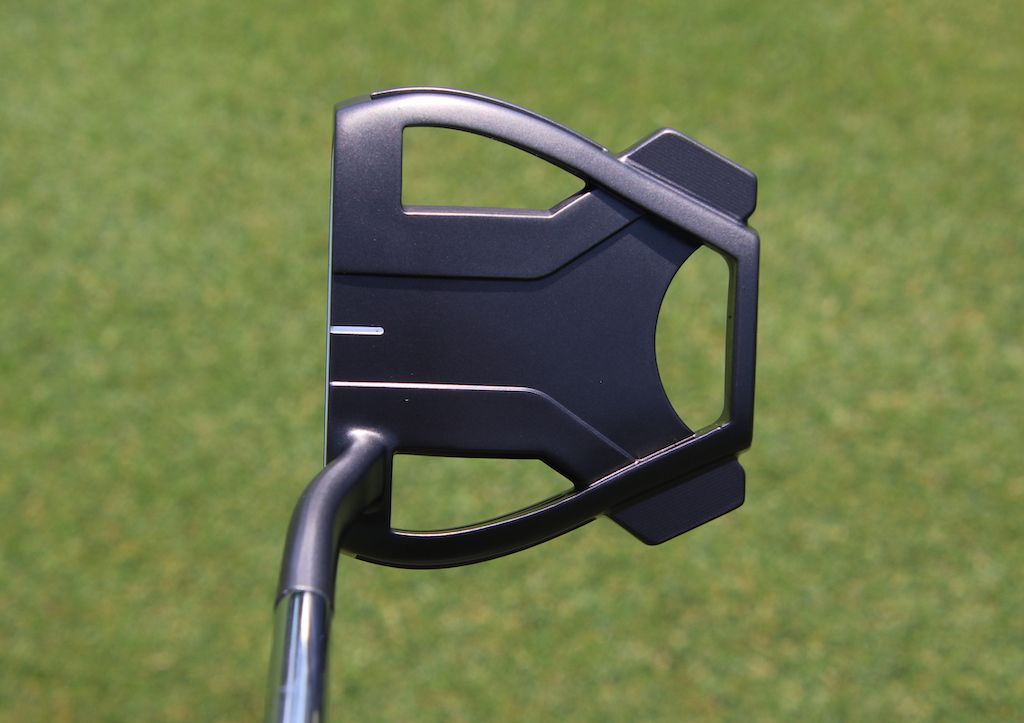
Another interesting design is that lack of TaylorMade’s True Path alignment on the top of the putter. Instead of the large white center stripe, Tommy’s Spider just has a very short white site line milled into it. As with his Odyssey, Tommy seems to be a fan of soft inserts and this Spider prototype looks to have the TPU Pure Roll insert with 45° grooves for immediate topspin and less hopping and skidding.
The sole is interesting as well in that the rear weights don’t look to be interchangeable and are recessed deep into the ports. This setup could be used to push the CG forward in the putter for a more blade-like feel during the stroke, like TaylorMade did with the Spider X Proto Scottie Scheffler tested out.
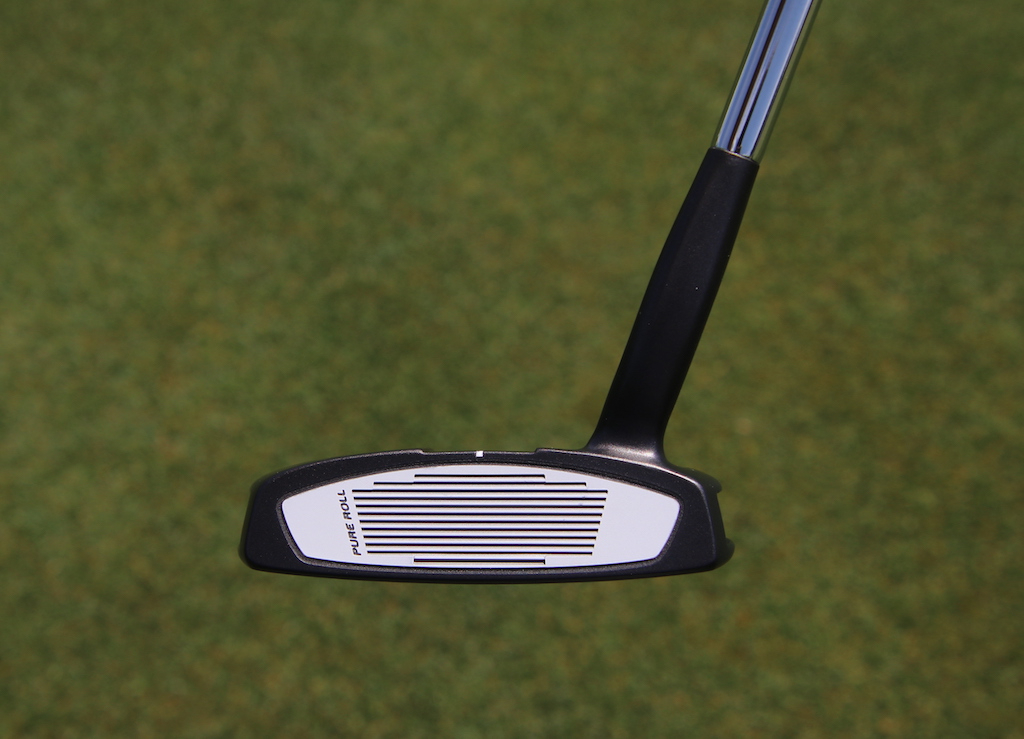
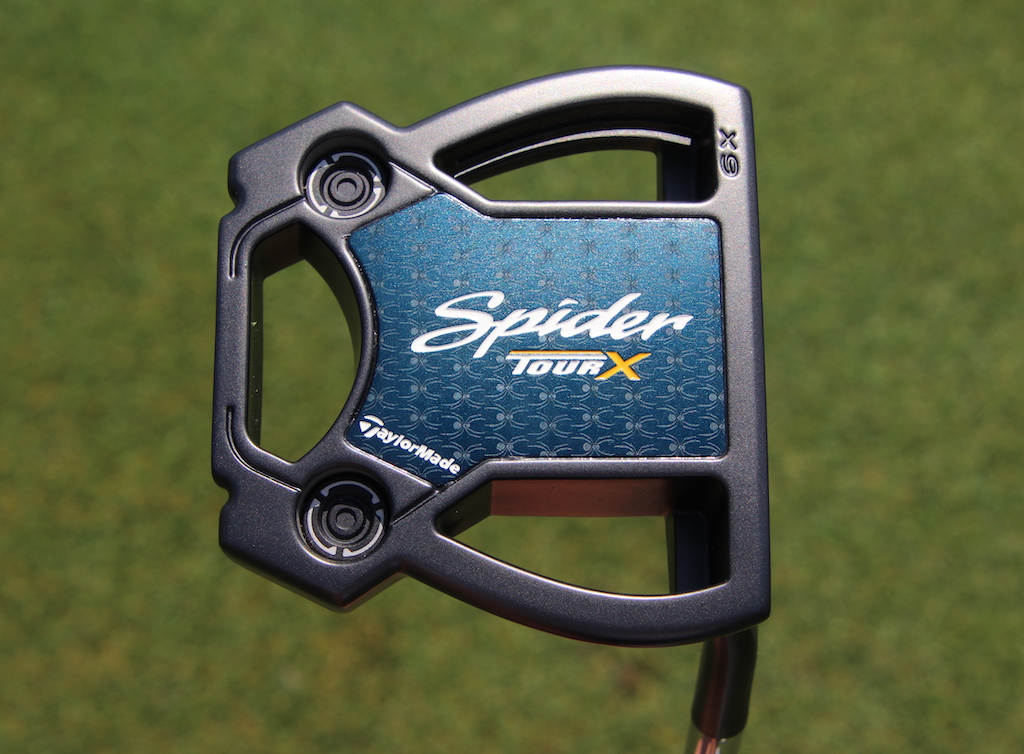
Tommy’s putter is finished off with an older Super Stroke Mid Slim 2.0 grip in blue and white. The Mid Slim was designed to fit in between the Ultra Slim 1.0 and the Slim 3.0 that was a popular grip on tour.
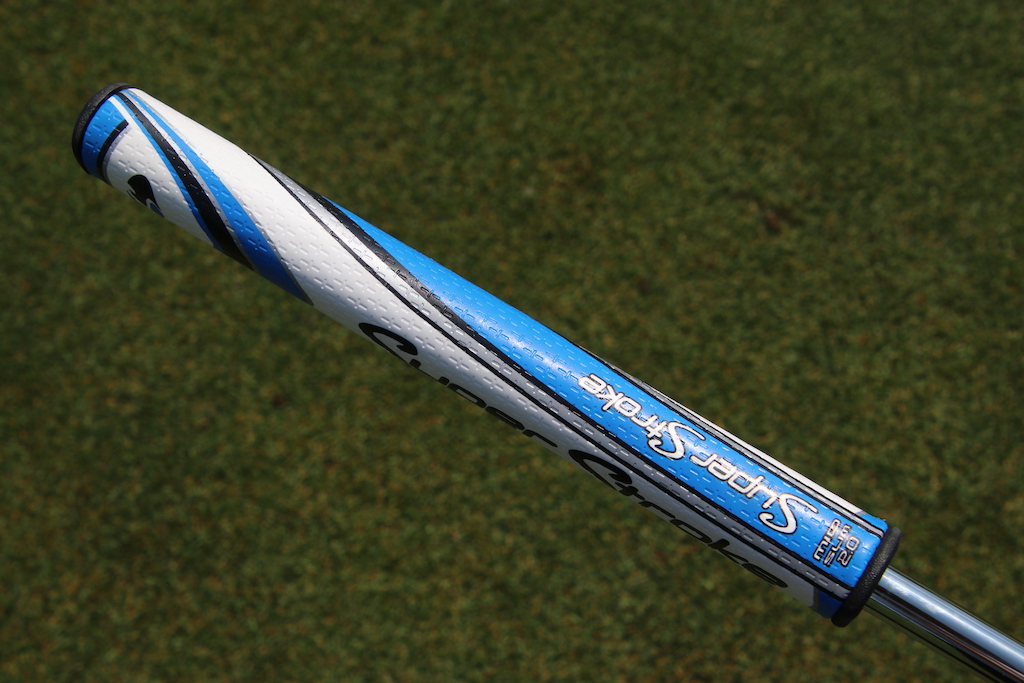
- Check out the rest of our photos from the 2024 Wells Fargo Championship
- LIKE2
- LEGIT1
- WOW1
- LOL1
- IDHT0
- FLOP0
- OB0
- SHANK0
Equipment
Club Junkie WITB, league night week 4: Some old, some new
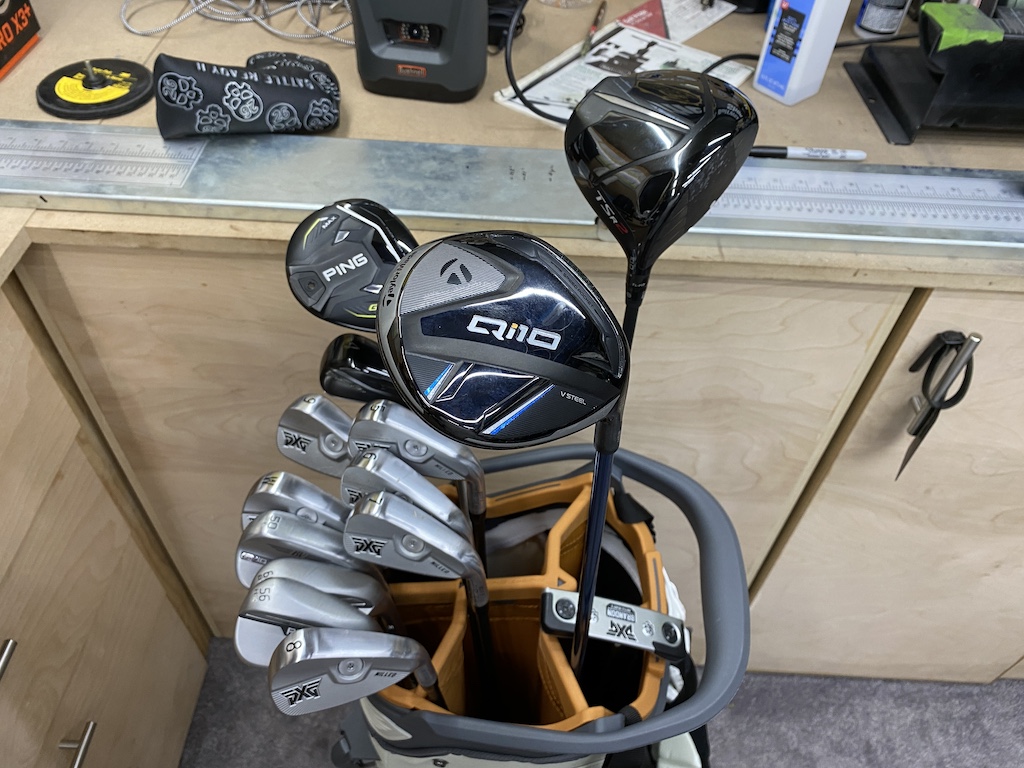
We enter week 4 of Thursday night men’s league feeling a little more confident in the game. BK is hoping to go a little lower and reduce the mistakes out there with these clubs in the bag. Watch the video for the full breakdown of why these clubs are getting the starting nod this week!
Driver: Titleist TSR2 (10 degrees, neutral setting)
Shaft: Mitsubishi Diamana WB 63 X
3-wood: TaylorMade Qi10 (15 degrees)
Shaft: UST Mamiya Lin-Q M40X TSPX Blue 7F5
7-wood: Ping G430 Max (-1 degree, flat Ssetting)
Shaft: Fujikura Ventus TR Blue 8 S
Iron: Mizuno Pro Fli-Hi 4
Shaft: Aerotech Steelfiber hls880 S
Irons: PXG 0317 Tour (5-PW)
Shaft: LA Golf A-Series 105 Low (4)
Wedge: Titleist Vokey SM10 (50-08F)
Shaft: UST Mamiya Dart V 105 F4 Wedge
Wedge: Ping S159 (56-10H)
Shaft: Ping Z-Z115
Wedge: Ping S159 (60-08B)
Shaft: Ping Z-Z115
Putter: PXG Battle Ready II Brandon
Shaft: BGT Stability Tour Spec One
Ball: Callaway Chrome Tour X
- LIKE2
- LEGIT2
- WOW2
- LOL0
- IDHT0
- FLOP0
- OB0
- SHANK1
-

 19th Hole2 weeks ago
19th Hole2 weeks agoJustin Thomas on the equipment choice of Scottie Scheffler that he thinks is ‘weird’
-

 19th Hole2 weeks ago
19th Hole2 weeks ago‘Absolutely crazy’ – Major champ lays into Patrick Cantlay over his decision on final hole of RBC Heritage
-

 19th Hole2 weeks ago
19th Hole2 weeks agoLET pro gives detailed financial breakdown of first week on tour…and the net result may shock you
-

 19th Hole2 days ago
19th Hole2 days agoReport: LIV star turns down PGA Championship invite due to ‘personal commitments’
-

 19th Hole1 week ago
19th Hole1 week agoGary Player claims this is what ‘completely ruined’ Tiger Woods’ career
-

 Whats in the Bag2 weeks ago
Whats in the Bag2 weeks agoTeam McIlowry (Rory McIlroy, Shane Lowry) winning WITBs: 2024 Zurich Classic
-

 19th Hole3 weeks ago
19th Hole3 weeks agoTaylorMade signs 15-year-old AJGA Rolex Junior Player of the Year to an NIL contract
-

 Equipment1 week ago
Equipment1 week agoGolf fans left surprised by LIV’s choice of course for its 2024 individual championship event










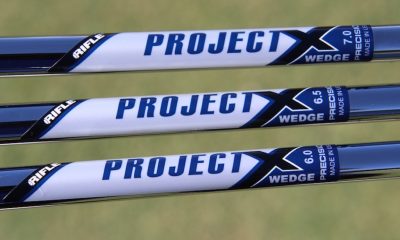

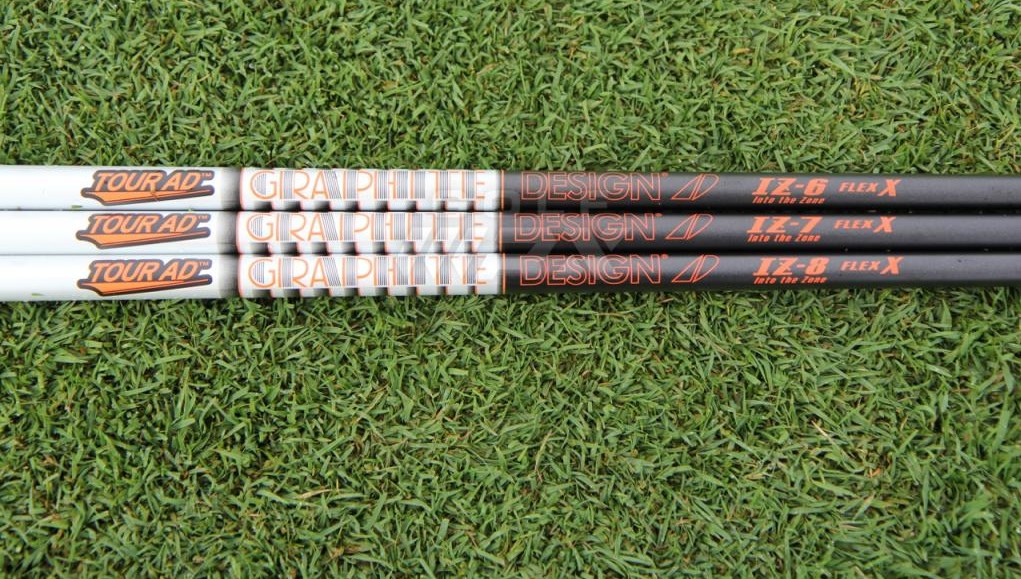
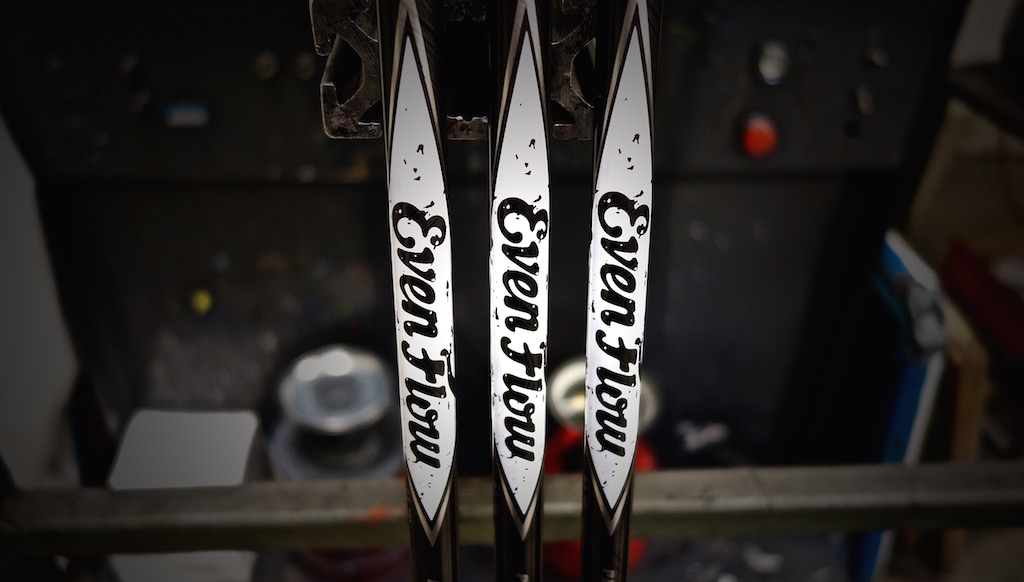
















TeeBone
Jun 7, 2017 at 5:34 pm
Further, frequency matching a set doesn’t mean that the clubs all have the SAME shaft flexibility, only that the DIFFERENCE in flexibility is uniform from club to club. As the clubs get shorter, frequency and stiffness increase. Add to this the fact that as the clubs get shorter and heavier, they are swung at a slower speed. In the end, each shaft in a set flexes more and more overall as the clubs get longer. This silly “dispersion” theory suggests that a shaft must flex a specific amount to behave consistently.
TeeBone
Jun 7, 2017 at 2:39 pm
Tour players, unless they have a specific shaft manufacturer deal, are free to play whatever shaft they want. Their decision to play graphite over steel has to do with performance, not money.
TeeBone
Jun 7, 2017 at 2:27 pm
So Iron Byron, set at any particular swing speed, only reproduces the same ball flight with one specific shaft flex? This “dispersion” theory would mean that the same shaft can behave quite differently, from swing to swing, for an otherwise same swing input. Nonsense. There is no mention of this in any of the best-regarded scientific studies of shaft flexibility. This is a made-up marketing story designed to sell equipment.
Ned
Jun 6, 2017 at 8:06 am
Brunswick Golf developed the Frequency Matching System in 1981!
Rico
Jun 6, 2017 at 4:04 pm
The article states that the Braly’s submitted a patent for “Frequency Matching” in 1977.
J.
Jun 5, 2017 at 7:15 pm
And stiffness of an EI profile may be invisible to CPM matching? Does SST PURE shaft alignment work better?
Skip
Jun 7, 2017 at 1:18 pm
SST pure is pure Kool-Aid. Drink it if you so choose.
tim crider
Jun 5, 2017 at 4:05 pm
There is no doubt that shots can be saved every round by every player with changes from the shaft to the swing weight to the compression of your golf ball,,, hell practicing on the driving range could improve your game. There is a lot to know about this game and if you have the money and the time you may be able to cash in on these findings. Think how much better play got when shafts changed to steel from hickory. A lot to know and even more to learn. How much more can be found and improved, it was a very good article.
Charles Bartholomew
Jun 5, 2017 at 3:38 pm
Interesting article. A little history lesson now and then is a good thing.
cgasucks
Jun 5, 2017 at 8:20 am
If the Iron Byron can make crappy shots with a shaft that isn’t compatible with its swing speed, imagine it with a human being.
talljohn777
Jun 5, 2017 at 12:14 pm
Yes, if you have a club shaft that is too soft you can slow your swing down to allow the clubhead time to catch up and square, but why would you want to do that? The preference would be to hit a club that matches your top swing speed allowing you to get the most out of your swing.
artie j
Jun 5, 2017 at 6:59 am
I didn’t know the backstory. Very cool article Ryan
SH
Jun 4, 2017 at 10:25 am
Yup, awesome